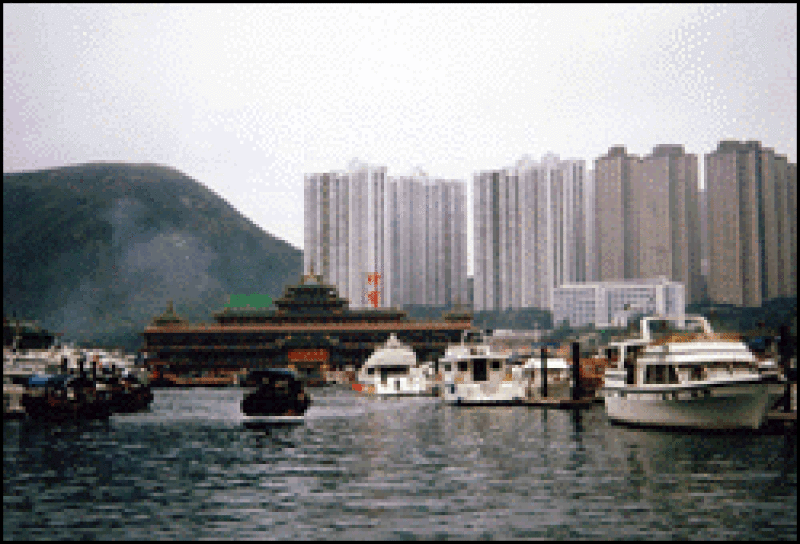
The Asia-Pacific loan market is experiencing heightened growth and liquidity with borrowers benefiting from improved pricing and lighter covenants as they call the shots. "While the syndicated loan market has been around for a long time, volumes have been high recently and the region is going through tremendous change," said Kevin Tham, head of loan syndication and distribution at ABN Amro in Singapore. The market volume for 2004, excluding Japan and Australasia, was $79 billion, an increase of 48% from 2003.
"Borrowers are getting bolder, covenants are getting looser, pricing has come down significantly [and] more and more deals are being self arranged by the borrower on the back of strong liquidity," commented Tham. Stronger economic growth has led to increased liquidity within both the international and local banks. "Here in Asia you have a combination of 10 or more different markets with some sort of linkage and you have local banks in each of those markets that are very liquid and prepared to do deals on very aggressive structures," said John Corrin, managing director and head of loan syndication, Asia Pacific at Calyon. Tham highlighted a project finance deal led by Standard Chartered Bank for Titan Petrochemicals in Malaysia that had a debt-to-EBITDA multiple at six times. "In Asia, the banks are prepared to lend against much higher multiples. You could easily find banks prepared to lend at five times or on occasion even as high as seven times debt-to-EBITDA," added Corrin.
"Liquidity is knocking on the door of well-rated countries such as Singapore, Taiwan, Korea and Hong Kong. What that means is that investment-grade borrowers take full advantage of this, like Hutchison Whampoa," noted Tham. Hong Kong based-Hutchison recently refinanced a five-year E1.28 billion credit facility priced at LIBOR plus 35 basis points.
This year there has also been increased lending in Taiwan and China, with Taiwan surpassing Hong Kong as the fourth largest lending market in the region for the first time. The growth has been driven by investment in technology products. "The tech sector is jumping in Taiwan," said Tham. ABN recently closed a $200 million deal for LG Philips, the world's largest LCD manufacturer that "almost blew out the window. It got way oversubscribed and didn't even make it past summon writing phase at LIBOR plus 88 for three years," he stated.
The smaller markets of Malaysia and Indonesia also have outperformed expectations. A project finance loan for PT Kaltim Prima Coal even used credit default swaps to distribute part of the loan to hedge funds. China's loan market is relatively small at $5 billion given the size of the economy. However, the future stabilization and high liquidity throughout the region depends on the growth of borrowers that will emerge from China's mammoth market. "I think that as the Chinese market expands and more borrowers come to the market you'll find more realistic pricing in the region," remarked Corrin.
Although the markets are growing and liquidity is bountiful, there is a sense that the current rates and spreads cannot continue. "We are definitely seeing the bottom of the market. If borrowers want to continue to access the market at these sorts of levels they are going to have to look to the bond markets as their ratings improve," stated Corrin. However, other bankers are optimistic about prospects for '05. "The fourth quarter has been huge for the market. I think on average most banks have produced 30% to 50% in the fourth quarter alone. We see that spilling over into next year," said Tham.
Come Together
APLMA Moves Beyond Christmas Cocktails
The Asian-Pacific Loan Market Association (APLMA) is focusing on creating standardized documentation and networking opportunities throughout Asia. "This is a very fragmented market and we're trying to get common standards of behavior and codes of practice in place," said John Corrin, head of Asia-Pacific loan syndication at Calyon and secretary of the APLMA. Established in 1998, the APLMA covers Australia, India, China, Malaysia, Taiwan and Hong Kong.
Looking ahead, the APLMA has much to accomplish beyond standardized documentation and networking. "If we turn the clock ahead 10 years we could see mark-to-market, loan indices and detailed analytics on leveraged deals. All the sorts of things that theLoan Syndication and Trading Association has been doing for years we could see put in place by the APLMA," mandated Corrin.
Right now, the growth of the association will be with the smaller local banks, stated Corrin. The networking element of the APLMA is emphasized as they aim to encourage a greater participation of local banks outside of existing markets. "We've been able to bring in more local players in each of the markets so that networking is more than just Christmas cocktails," commented Kevin Tham, head of loan syndication and distribution at ABN Amro, and Chairman of the Singapore branch of the APLMA.






